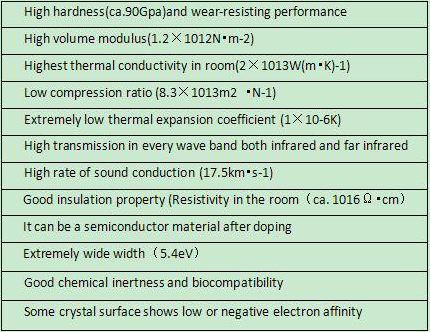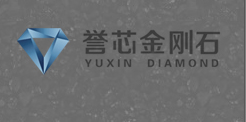Company tel:+86-379-63184520
Contact number:+86-15937921751
Postcode:471000
Email:info@yuxindiamond.com
Address:3-1-508 Luoyang National University Science Park, No. 2 Penglai Road, Jianxi District, Luoyang, China 471000
Acoustic Device Makes Piezoelectrics Sing to a Different Tune
In today's "internet of things," devices connect primarily over short ranges at high speeds, an environment in which surface acoustic wave (SAW) devices have shown promise for years, resulting in the shrinking size of your smartphone. To obtain ever faster speeds, however, SAW devices need to operate at higher frequencies, which limits output power and can deteriorate overall performance. A new SAW device looks to provide a path forward for these devices to reach even higher frequencies.
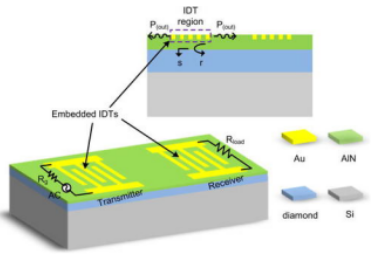
A team of researchers in China has demonstrated a SAW device that can achieve frequencies six times higher than most current devices. With embedded interdigital transducers (IDTs) on a layer of combined aluminum nitride and diamond, the team's device was also able to boost output significantly. Their results are published this week in Applied Physics Letters.
"We have found the acoustic field distribution is quite different for the embedded and conventional electrode structures," said Jinying Zhang, one of the paper's authors. "Based on the numerical simulation analysis and experimental testing results, we found that the embedded structures bring two benefits: higher frequency and higher output power."
Surface acoustic wave devices transmit a high-frequency signal by converting electric energy to acoustic energy. This is often done with piezoelectric materials, which are able to change shape in the presence of an electric voltage. IDT electrodes are typically placed on top of piezoelectric materials to perform this conversion.
Ramping up the operational frequency of IDTs—and the overall signal speed—has proven difficult. Most current SAW devices top out at a frequency of about 3 gigahertz, Zhang said, but in principle it is possible to make devices that are 10 times faster. Higher frequencies, however, demand more power to overcome the signal loss, and in turn, some features of the IDTs need to be increasingly small. While a 30 GHz device could transmit a signal more quickly, its operational range becomes limited.
"The major challenge is still the fabrication of the IDTs with such small feature sizes," Zhang said. "Although we made a lot of efforts, there are still small gaps between the side walls of the electrodes and the piezoelectric materials."
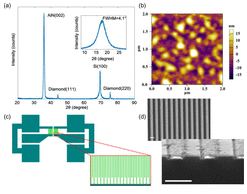
To ensure that the transducers had the proper feature size, Zhang's team needed a material with a high acoustic velocity, such as diamond. They then coupled diamond, a material that changes its shape very little with electric voltage, with aluminum nitride, a piezoelectric material, and embedded the IDT inside their new SAW device.
The resulting device operated at a frequency of 17.7 GHz and improved power output by 10 percent compared to conventional devices using SAWs.
"The part which surprised us most is that the acoustic field distribution is quite different for the embedded and conventional electrode structures," Zhang said. "We had no idea at all about it before."
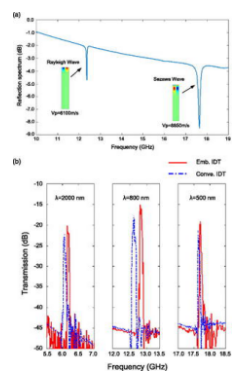
Zhang said she hopes this research will lead to SAW devices used in monolithic microwave integrated circuits (MMICs), low-cost, high-bandwidth integrated circuits that are seeing use in a variety of forms of high speed communications, such as cell phones.
Diamond, as one of the most special materials in natural world, is featured with the highest hardness, low friction coefficient, high elasticity modulus, high thermal conductivity, high insulation class, wide energy gap, great sound propagation rate and favorable chemical stability, which are presented in below Table. In spite of such unique features, the natural diamond has always been existed in the form of gem, with its variability and rareness sharply limiting its application. Luoyang Yuxin Diamond Co., Ltd’ s CVD Diamond film, on the other hand, integrates such physical and chemical properties, with lower cost than natural diamond and applicable to be made into various shapes, thus enjoying extensive application prospect in electronic industry, optical field and mechanical industry.
